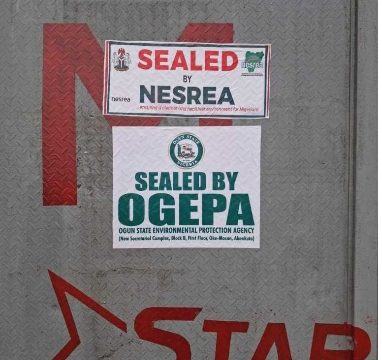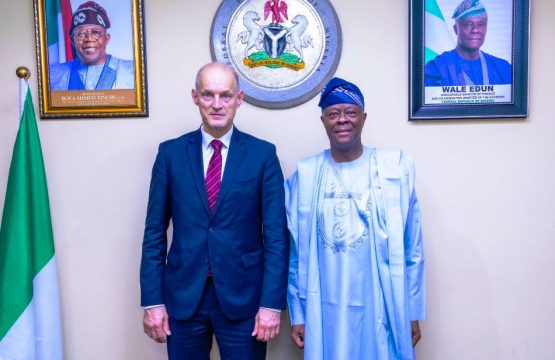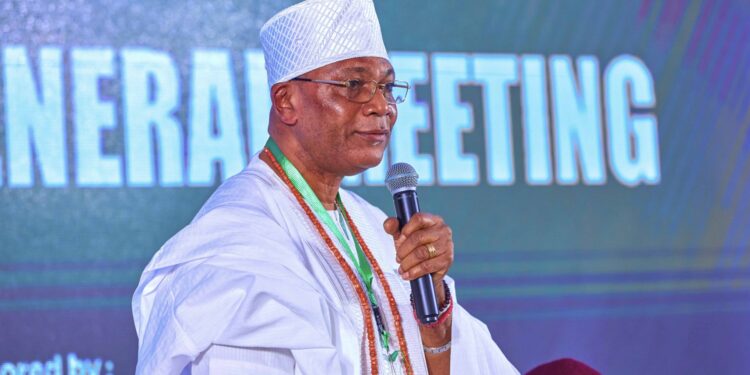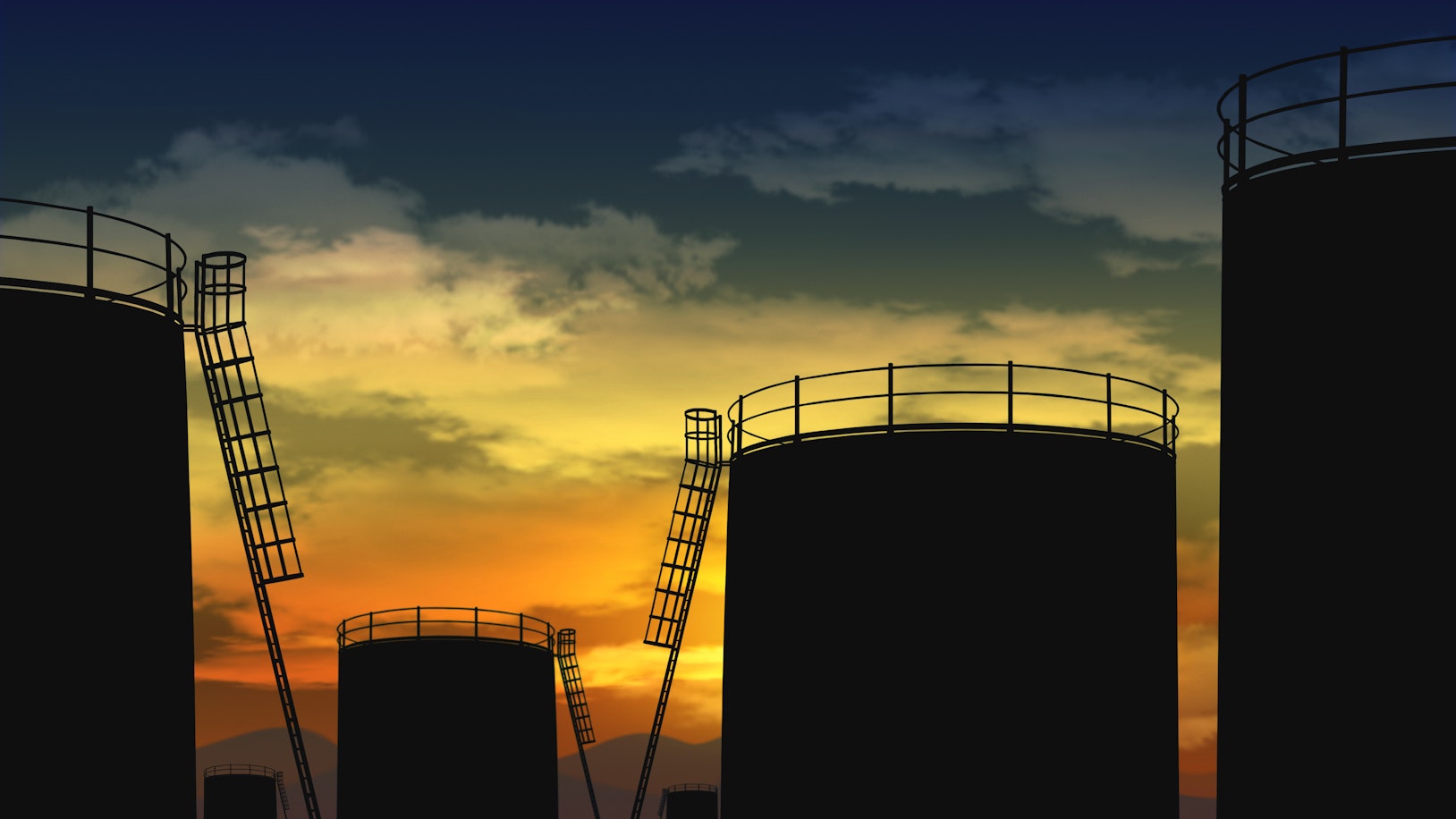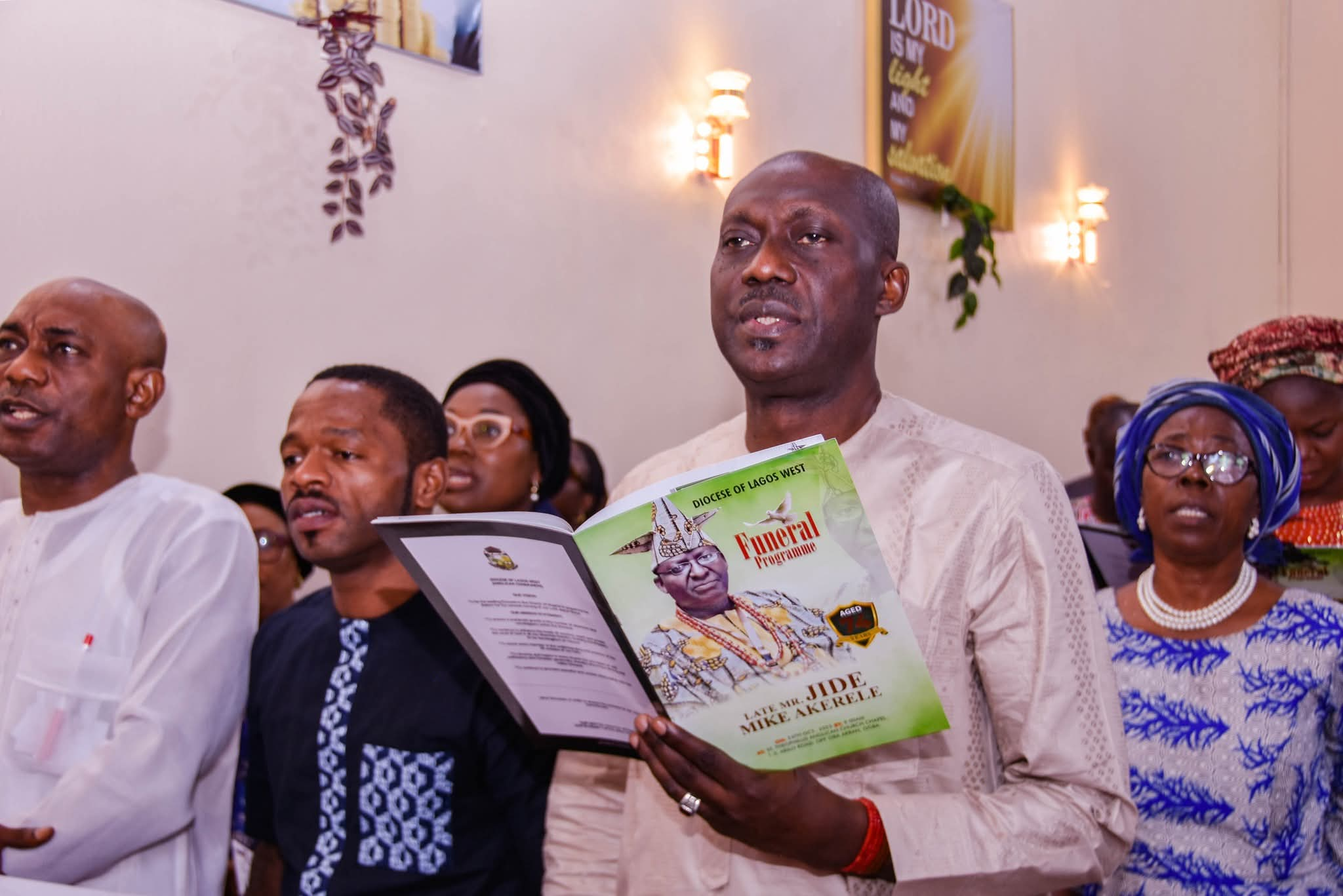▪︎Thomas Guillot, Chief Executive of the GCCA (left); Alice de Moraes Amorim Vogas, Special Advisor for COP30 (middle); German Vice Chancellor and Federal Minister for Economic Affairs and Climate Action, Robert Habeck (right).
The Global Cement and Concrete Association (GCCA) says policymakers, governments and the private sector should buy into Procurements of green cement and concrete , saying ” it is a key lever for accelerating decarbonisation of the built environment.”
Thomas Guillot, Chief Executive of the GCCA, made the call during the launch of International definitions for low carbon cement and concrete launched at COP29 in Baku, Azerbaijan.
In a statement signed by Paul Adeleke, Strategy, Communications and Policy Director at GCCA, Guillot said that the GCCA members represent 80 percent of cement production capacity outside of China, as well as a number of leading Chinese manufacturers.
Said Guillot, “Concrete and its key binding ingredient cement are the most used materials on the planet after water and essential to the modern world – for delivering vital infrastructure, housing, cities and resilient communities. “Building on our net zero commitment this is an important advancement on our journey towards net zero.”
He further said that the industry, in consultation with a wide range of stakeholders along the value chain including governments and organisations such as the IEA, Climate Club and Clean Energy Ministerial Industrial Deep Decarbonisation Initiative facilitated by UNIDO, have evolved and refined definitions for green concrete that are global and also customisable to local practice whilst retaining international consistency and comparability.
The definitions use the environmental product declaration (EPD) accounting method that is well established in the construction value chain for products, particularly cement and concrete. GCCA used the 2022 work by IEA for G7 on cement production as a robust starting point and have been developed with public and private procurement in mind.
Concrete and its key binding ingredient cement are the most used materials on the planet after water and essential to the modern world – for delivering vital infrastructure, housing, cities and resilient communities. “Building on our net zero commitment is an important advancement on our journey towards net zero.”
The definitions are designed to be used with local benchmarks and targets to reflect different challenges, opportunities and rate of decarbonisation. Low carbon procurement of projects and products is a key driver for decarbonisation of the built environment.”
German Vice Chancellor and Federal Minister for Economic Affairs and Climate Action, Robert Habeck, commented: “This is a big step forward towards delivering a greener built environment and a greener global economy. Lead markets for low carbon basic materials are an important component of the policy landscape to support decarbonisation of sectors such as cement and concrete.
During the German G7 Presidency the Energy and Climate Ministers agreed on the IEA definitions being a robust starting point for the work internationally.
We are delighted that this work has been built upon by the GCCA to publish low carbon and near zero definitions for concrete products.
“As co-chair of the International Climate Club initiative with Chile, we continue to facilitate multilateral collaboration and alignment on industrial decarbonization.”

